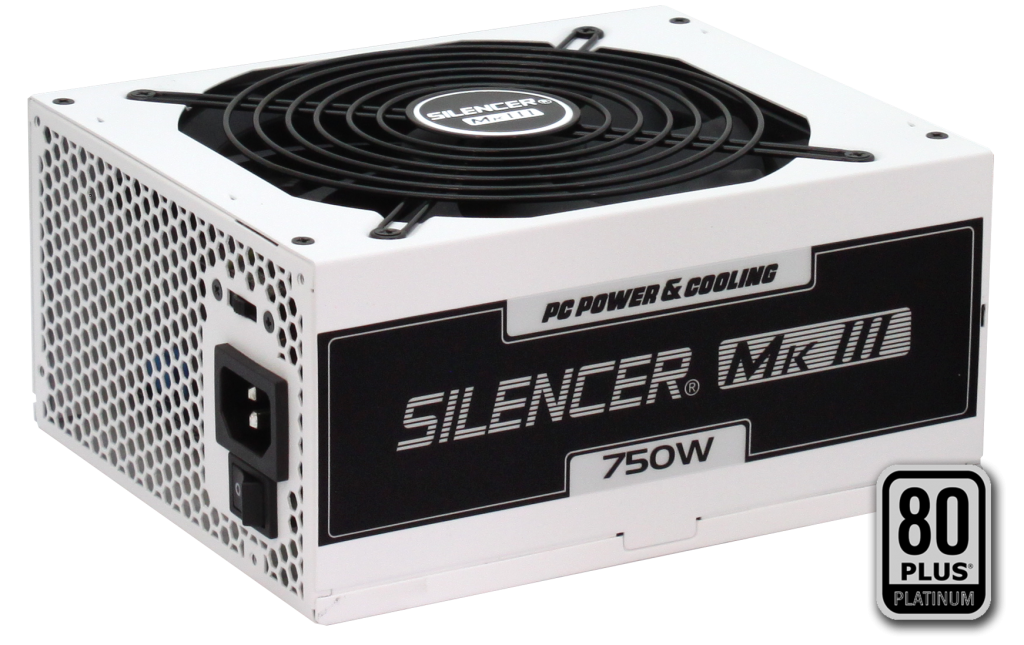We do a lot of PC Power Supply reviews here on GND-Tech. Since 80 Plus certification ratings are extremely important to properly reviewing a power supply, I believe a simple article explaining the differences, and WHY exactly they’re important is needed. The 80 Plus program was launched in 2004 by Ecos and was created in an effort to provide easy efficiency scoring for computer power supplies.
Since its inception, the 80 Plus scoring and certification system has gotten more and more popular, power supply manufacturers have worked hard to increase the efficiency of its power supplies. It’s so widely popular now, 80 Plus certifications have move passed a simple efficiency scoring. It is now a marketable selling point that users demand.
Efficiency? Why is that important?
A power supplies efficiency percentage is basically the cost associated to exchange one form of power to another. For instance if you live in the US, you’ve got 115V AC provided to you from your wall outlet. Since computer electronics run on DC and at a much lower voltage (12V, 5V, 3.3V), a power supply is needed to convert the AC to DC, and lower the voltage to something PC can use. Without a power supply converting the voltage, your PC would literally explode. Since energy is required to convert energy, that is where efficiency comes in. Power in (front the wall) versus power out (to the PC components).
A power supply will always draw more from the wall than what it’s currently supplying to the PC. It’s efficiency is calculated by dividing Watts in over Watts out. the For instance, if you had a computer PSU that was rated at 400W, and is pulling 500W from the wall, then that PSU is 80% efficient. A more efficient power supply might only draw 450W from the wall while still providing 400W to the internals.
This is important for two reasons; one, a more efficient power supply will draw less overall current from the wall, meaning your computer will cost less to operate overall. For the user running his or her machine at 100% constantly, will likely be shaving a few dollars a month off the power bill. This little amount will definitely add up over time. Second, a power supply with a higher efficiency rating is likely built with higher rated, stronger components. These higher rated components can cause a power supply to run cooler and in some cases last longer.
80 Plus Scoring
So back to efficiency ratings. So now that we understand how efficiency is calculated and why it’s important, let’s break down each of the levels. 80 Plus rankings are assigned as efficiency increases. 80 Plus means just that: the PSU is at least 80% efficient at converting power. As efficiency increases, so do the scores, at 82%, the PSU obtains an 80% Bronze certification, and so on up to 80 Plus Titanium (92%). Take a look at the table below:
As you can see load percentage also plays a pretty big role as the efficiency percentage requirements are different. This is because power supplies are engineered to be the most efficient at 50% load. We’ve seen this in action several times. For instance, over at our PC Power & Cooling Silencer MK III Review, you can see the efficiency curve increase as 50% load is reached and drop back down again towards 100% load.
Going back to the table above, you’ll also notice that there is a difference between 115V and 230V requirements. This is because converting voltage is always more efficient if the voltages are higher. Higher voltages are better for power conversion because of the reduction in power losses. When you have higher voltage you can use lower current, which reduces I²R losses and use smaller conductors, which weigh and cost less to produce.
Typically, cost is associated with a higher 80 Plus certification rating. This is because in order to produce a high efficient power supply, higher quality and more expensive internal components are used. This in turn creates two reasons why users should purchase power supplies with the highest efficiency rating possible. Not only will it save you money over time, your power supply will be constructed of stronger internals which might yield a longer lifespan.
Hopefully this article has been helpful, and if you have any questions, please feel free to drop a comment below!












